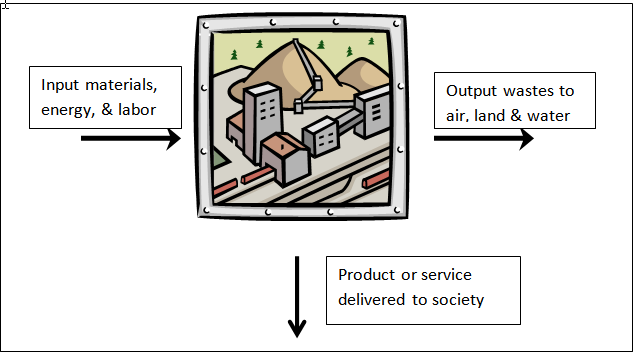| << Chapter < Page | Chapter >> Page > |
In response to such problems, U.S. Congress passed the Energy Independence and Security Act in 2007, which limits the amount of grain that can be converted into biofuels in favor of using agriculturally-derived cellulose, the chief constituent of the cell walls of plants. This has given rise to a large scientific and technological research and development program to devise economical ways to process cellulosic materials into ethanol, and parallel efforts to investigate new cellulosic cropping systems that include, for example, native grasses . Thus, the seemingly simple decision to grow our biofuels industry in response to a political objective has had unintended political, financial, dietary, social, land use, environmental quality, and technological consequences.
With hindsight, the multiple impacts of biofuels have become clear, and there is always the hope that we can learn from examples like this. But we might also ask if there is a way to foresee all or at least some of these impacts in advance, and adjust our designs, processes, and policies to take them into account and make more informed decisions, not just for biofuels but also for complex societal problems of a similar nature. This approach is the realm of the field of industrial ecology , and the basis for the tool of life cycle assessment (LCA) , a methodology that has been designed to perform holistic analyses of complex systems.
Many systems designed by humans focus on maximizing profitability for the firm, business or corporation. In most cases this means increasing production to meet demand for the products or services being delivered. An unfortunate byproduct of this is the creation of large amounts of waste, many of which have significant impacts if they enter the environment. Figure Human-Designed Industry is a general-purpose diagram of a typical manufacturing process, showing the inputs of materials and energy, the manufacturing of products, and the generation of wastes (the contents of the “manufacturing box” are generic and not meant to depict any particular industry—it could be a mine, a factory, a power plant, a city, or even a university). What many find surprising is the large disparity between the amounts of waste produced and the quantity of product delivered. Table Waste-to-Product Ratios for Selected Industries provides such information, in the form of waste-to-product ratios, for a few common industries.

That industrial systems designed to maximize production and/or profits while ignoring wastes should be so materially inefficient is not surprising. As noted in the Module Sustainability and Public Policy , the impacts of wastes on human health and the environment have historically been ignored, or steeply underpriced, so that little incentive has existed to limit waste production. More recently laws have been enacted that attempt to force those responsible for waste emissions into a more appropriate accounting (see Chapters Environmental and Resource Economics and Modern Environmental Management for a fuller treatment of the laws, regulations, and practices used to incorporate society’s costs into the production chain). Once realistic costs are assigned to the waste sector, manufacturers are quick to innovate and investigate ways to eliminate them.

Notification Switch
Would you like to follow the 'Sustainability: a comprehensive foundation' conversation and receive update notifications?